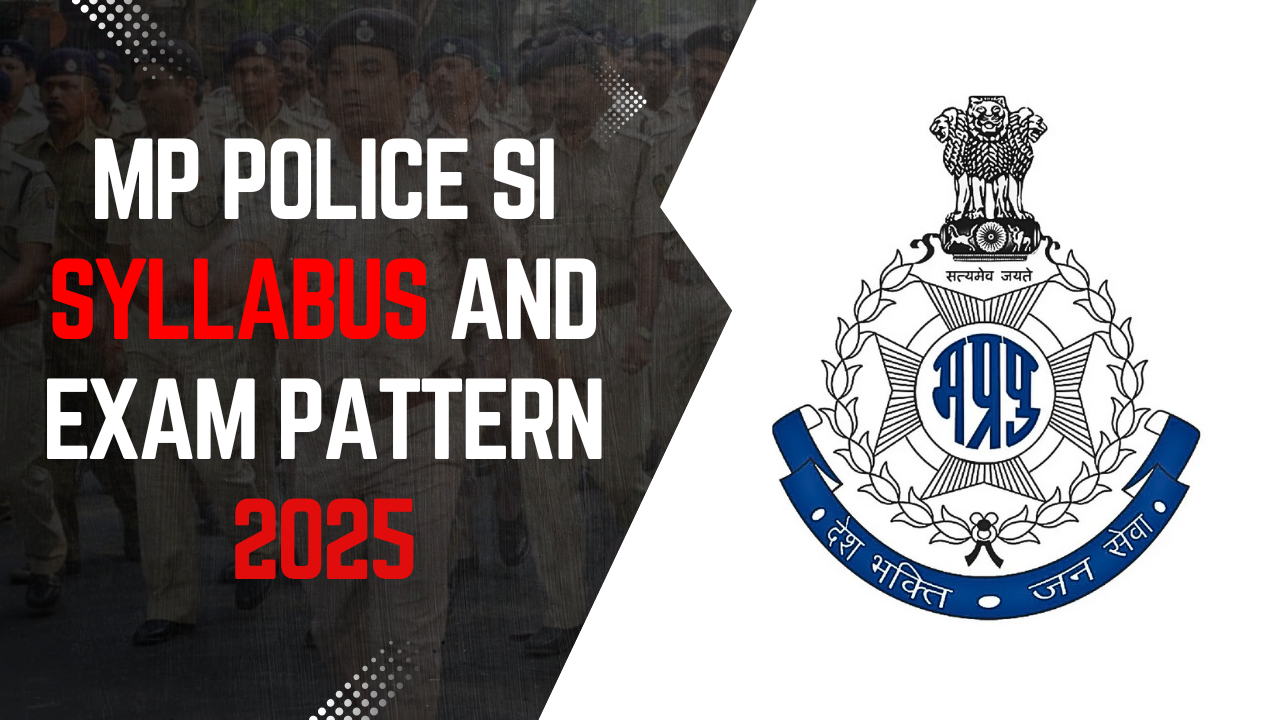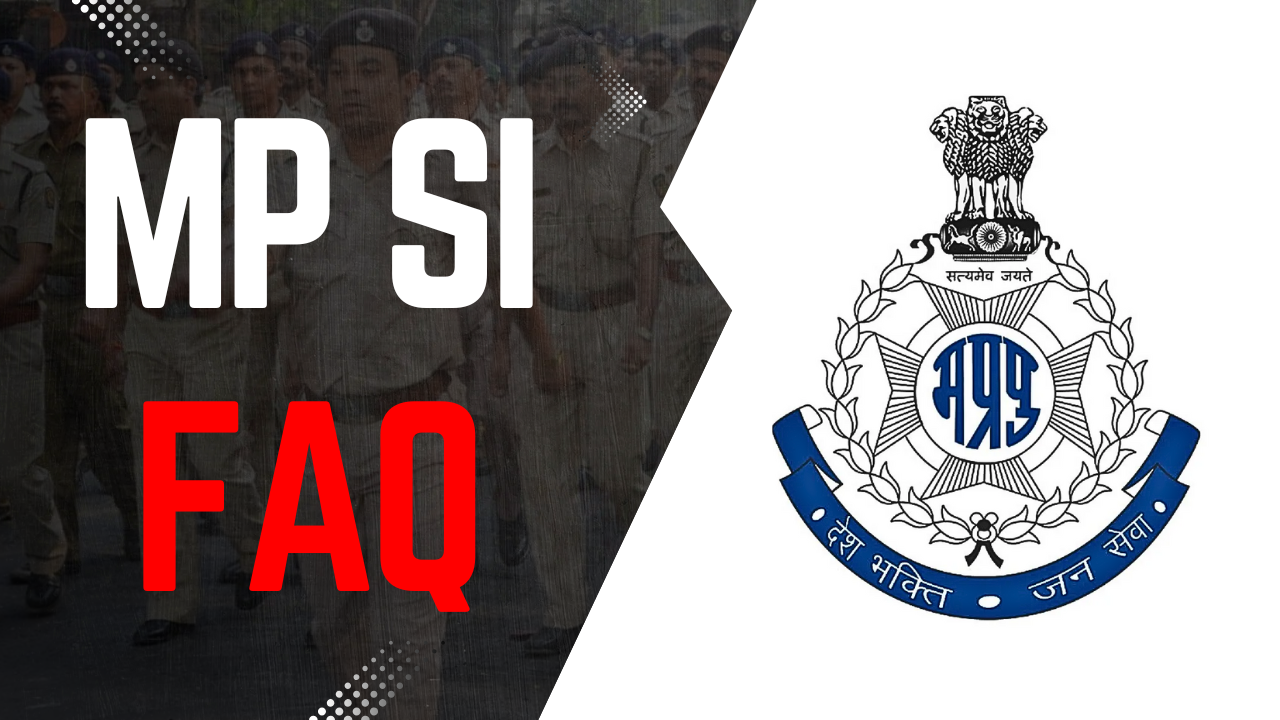Introduction The migration of blue-collar workers from India has been a key economic and social factor for decades. Recent data indicate a shift in migration patterns, with workers from northern and eastern states continuing to migrate, while southern states witness a decline. At the same time, remittance inflows from the Gulf countries have decreased, while contributions from advanced economies have increased.
Key Trends in Migration and Remittances
1. Declining Remittances from Gulf Countries
UAE's share of India's inward remittances declined from 26.9% in 2016-17 to 19.2% in 2023-24.
Saudi Arabia's contribution fell from 11.6% to 6.7%, and Kuwait's from 6.5% to 3.9%.
In contrast, remittances from advanced economies increased:
USA (22.9% to 27.7%)
UK (3.4% to 10.8%)
Singapore (5.5% to 6.6%)
Canada (3% to 3.8%)
2. Changing State-Wise Remittance Contributions
Maharashtra's share increased from 16.7% to 20.5%.
Kerala (19% to 19.7%) and Tamil Nadu (8% to 10.4%) saw growth.
Uttar Pradesh (3.1% to 3%), West Bengal, Rajasthan, and Bihar maintained a consistently low share (1-3%).
3. Declining Migration from Southern States
Emigration Clearance (EC) data shows:
Kerala's migration dropped from 82,000 (2014-16) to 60,000 (2021-24).
Tamil Nadu declined from 1.3 lakh to 78,000, Telangana from 69,000 to 35,000, and Andhra Pradesh from 87,000 to 55,000.
Punjab's numbers also fell from 94,000 to 39,000.
4. Continued High Migration from Northern and Eastern States
Uttar Pradesh recorded over 4 lakh migrants in 2021-24.
Bihar maintained over 2 lakh migrant workers.
West Bengal and Rajasthan also saw declines, but less severe than the southern states.
Emerging Questions: Migration and Economic Impact
Are southern state workers opting for jobs in advanced economies instead of Gulf countries?
Do migrant workers from Bihar and Uttar Pradesh continue to migrate to Gulf countries despite lower wages due to limited local job opportunities?
How is this shift impacting state-wise economic growth and employment opportunities?
Solutions and Recommendations
Expanding International Opportunities: Southern states should focus on diversifying migration destinations towards the USA, UK, Canada, and Europe.
Skill Development Programs: Northern and eastern states must enhance vocational training and technical education to help workers secure higher-paying jobs in advanced economies.
Government Policy Interventions:
The Ministry of External Affairs and Ministry of Labour should ensure better wage protection for Indian workers in Gulf countries.
Strengthening the E-Migrate Portal to provide clearer migration guidance.
Conclusion
India's blue-collar migration patterns are evolving. Workers from southern states are shifting towards advanced economies, while Bihar and Uttar Pradesh continue to send large numbers of migrants to Gulf nations despite lower wages.
Government intervention is essential to balance job opportunities across states and protect migrant workers' interests globally.
"India's blue-collar migration trends are changing: Southern states see declining Gulf migration, while northern states continue mass migration. Learn more."
External Linking
Reserve Bank of India - Official Report
By Team Atharva Examwise #atharvaexamwise






